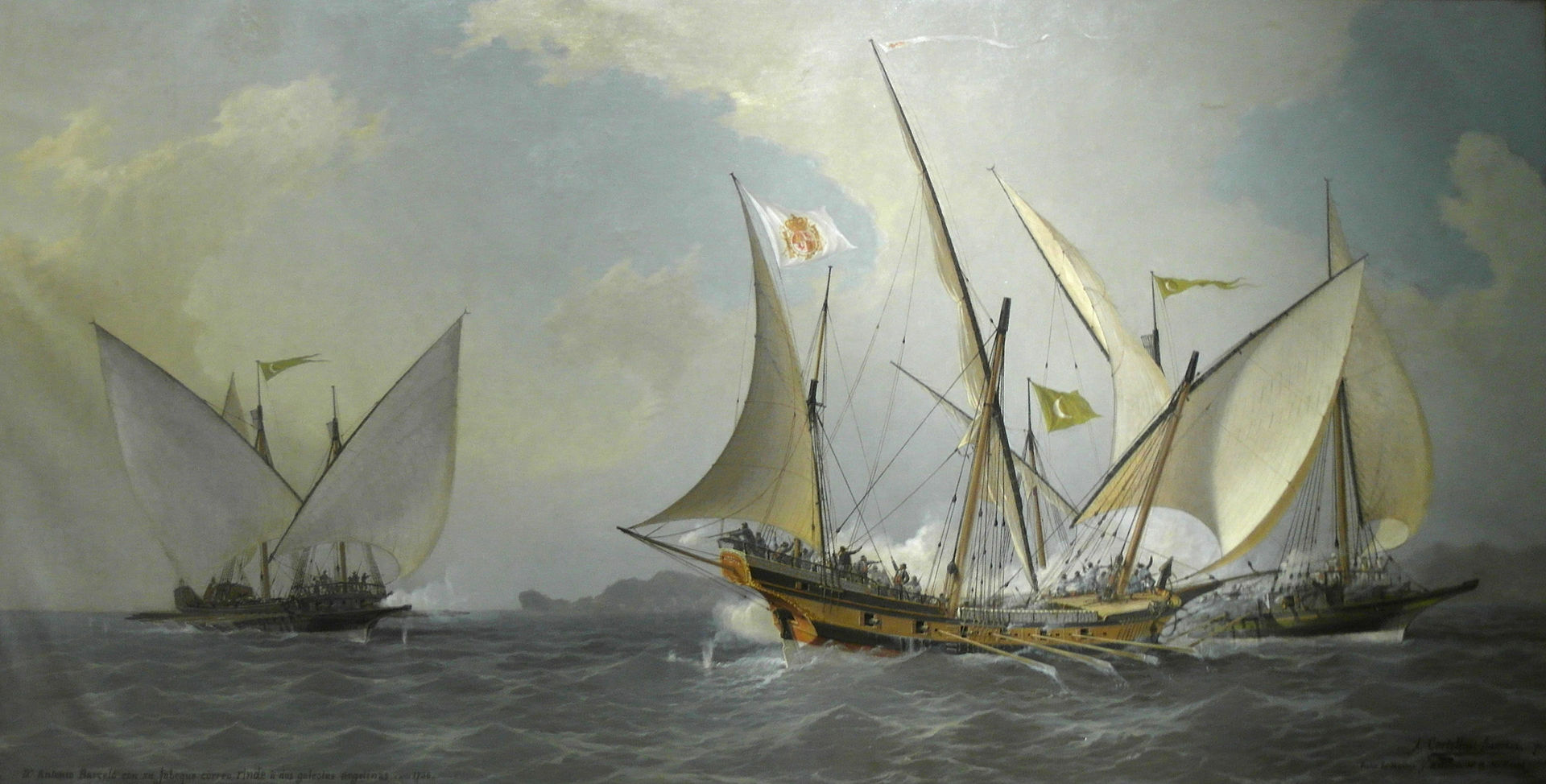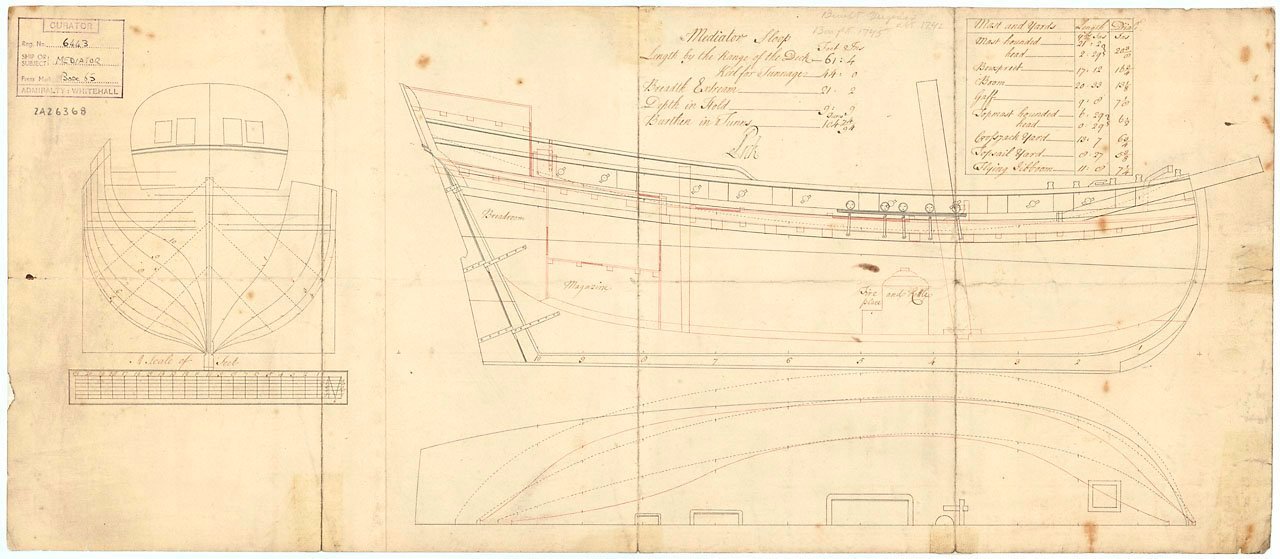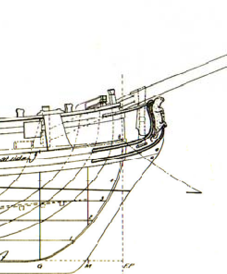-
Posts
128 -
Joined
-
Last visited
Content Type
Profiles
Forums
Gallery
Events
Everything posted by Sceatha
-

Thinning acrylic paints
Sceatha replied to Diver's topic in Painting, finishing and weathering products and techniques
A lot of the time the acrylic paint not "grasping" and being lifted up is a matter of surface tension. Do you see the paint "shrinking" on the surface while still wet? If yes, scuffing the primed surface with a gentle abrasive pad or sandpaper will help a lot. -
Hello all, I have been looking at plans of 18th century sloops and trying to understand certain concepts. My main sources are: HMS Ferret - 1711 Mediator - 1745 Chapman's Bermuda sloop (plate LVII) - probably a late 1760 specimen? Now admittedly these are very different ships, built by different traditions in different part of the world over a relatively large period of time, but still adhering to the same philosophy. Focusing on the steering: Ferret has been depicted with a tiller on the small open deck above the cabin. Mediator has a characteristic cabin with a curved roof and a steering wheel just in front of it. The tiller seems to be just below the maindeck, under the cabin. Bermuda sloop?? Bermuda sloops are often depicted with the characteristic "domed" cabin, and in some depictions (namely Chapelle) are presented with a wheel, like Mediator. Now this makes sense for late models, like the one presented by Chapelle (based on Chapman) but what about earlier models? Apparently the wheel came into use after 1703 and I do not know how fast adoption was in the colonies. Has anyone come across any reference of the steering of an early Bermuda or colonial sloop (around 1700 to 1710)? I assume having the tiller inside the domed cabin would be nonsensical. Many thanks, George
-
Thank you for the images! @georgeband I definitely need to get this book. I had never seen this gammoning with the iron hoop, looks interesting. @cotrecerf I have the Dover edition of Chapman and I never noticed the masts and spars on that plate (maybe there are different editions and they are missing from mine?). I need to recheck, I might have just missed them!
-
Hello all, @Gregory I went through your build of the Resolution and it seems to be a great resource for rationalizing that kit. One question that came up (sorry if I missed it in your log) is how you treated the bowsprit length. Most cutter rigs have short bowsprit and I am not sure how Corel treated that part of the model. Was it a short one and did you opt to extend it? @georgeband it would be great if you could share the relevant page! I think this is the crux of my question. D the alternative gammoning methods assume a different length of bowsprit or foresail size? If not, was rope gammoning (along with the corresponding bow head) just a habit of certain shipbuildings traditions? (assuming the simpler attachment was sufficient to withstand forces to the bowsprit. Again thanks for the interesting input! George
-
Hello both, many thanks for the replies. The question is more about understanding the bowsprit attachment requirements. While it does seem to depend on the size of the ship, this is not a safe rule. To compare a cutter rig to a cutter rig and not apples to oranges, Ferret (1711) has quite heavy gammoning holding down the sprit, while Alert (1777), while a bit longer than Ferret, has a much lighter attachment. The difference between the two is the Ferret's somewhat longer sprit (and 66 years of development of course). Is there a rule to this? Could Ferret be rigged like Alert (removing the gammoning)? Would in this case the Ferret's beakhead be unnecessary? George
-
Hello all. I am looking at plans and try to understand the attachment of the bowsprit in 18th century Bermuda sloops. Beginning from plans of the Ferret (1711) it appears the bowsprit was attached with gammoning ropes, as was the habit in larger ships. Bermuda sloops seem in depictions to lack the substantial bow timbers and gammoning ropes, the bowsprit appears to just rest on the bow (or rest right next to it, cutter style). Does anyone happen to have specific any info on this? Many thanks, George
-

Hull repairs
Sceatha replied to bluenose2's topic in Building, Framing, Planking and plating a ships hull and deck
Is there any movement in the separated joint? If you put slight pressure on one of the planks near the crack does it move inward, even slightly? In this case you will need to glue them back, either from the inside, or by injecting glue behind the crack with a needle. have done this in the past with very good results. You can drill a tiny hole on the crack if you need to. Make sure you apply pressure after injecting the glue and carefully clean any surplus that leaks. If there is no movement around the crack this is probably wood shrinkage. What conditions do you keep the model in? As @catopower asked, is it used for RC? Wildly changing humidity can do that to wood over 6 years, even painted wood. -
The impressive bowsprit is now in place. Too impressive in fact if you ask me. Lateen rigs do not usually have need for a long bowsprit unless they rig a fore staysail, which this one doesn't. Could it have occasionally been used for ramming? Ramming attacks by pirate vessels have definitely been reported in the Aegean at the time. A bit of rigging also visible in the photos, more on that soon...
-
Welcome to the forum Jose! Looking forward to reading your build logs.
-
Welcome to the forum!
-
Welcome to the forum Sean!
-
Welcome to the forum Harvey!
-
Normally I think the same way Thanasis. Now with the lock down though, spending much more time at home, I find ways to kill time. 😄
-
One of the golden rules: when building any type of galley it's never too late to start working on some oars, otherwise you will end up with a complete ship and then have to build all the oars at once. I happened to have several 3mm beech dowels hanging around, so I started with those.
-

coral fishing boat by maurino
Sceatha replied to maurino's topic in - Build logs for subjects built 1901 - Present Day
Beautiful work Maurino, looking forward to watching your progress. One question, are you using the plans from the Velle Italiane della Costa Occidentale? Thanks, George -
The rake of the masts in Amati's plans seems to be correct, so I copied it for my build. Then I started shaping the masts out of Ramin wood:
-
Aaah, now that is a good one! I guess I did a version of that, blamed the Amati plans I was supposedly correcting...
-
Trying to get used to that Mark, for some reason a mistake in the plans can sometimes "mesmerize" me and I end up following the plans, even against common sense. 😄 Good thing with our hobby is that everything is fixable if you have the time and patience. Meanwhile in the build I spent a fun day cutting and soldering brass rings:
-
Hello Mike and welcome to the forum. Never too late to start a build log, just start from where you are in the build. It's a great way to get help when you get stuck. regards, George
-
Hello Jose and welcome to the forum! As Mark says it would be great to see a discussion on the relevant section about the new historical info. Looking forward to seeing your build logs. regards, George
-

Greetings from the Cumberland Mountains
Sceatha replied to RandyR's topic in New member Introductions
Welcome to the forum Randy! -
Seems to be progressing great Steven. I always get a bit disappointed with my planking just before sanding, then sanding seems to make everything fine. Quick question: do you select your subjects by the number of shields you will have to make?
- 740 replies
-
- Tudor
- restoration
-
(and 4 more)
Tagged with:
-
Progressing with more scale corrections on the plans. The plans give a ladder to the raised poop deck where every step would be about 7cm tall in the real ship. Corrected the plans and building a ladder:
-
That is a great idea Thanasis! Though I am afraid if I had to "rescue" every one of my own failed attempts in this manner I would soon run out of walls. 😄
About us
Modelshipworld - Advancing Ship Modeling through Research
SSL Secured
Your security is important for us so this Website is SSL-Secured
NRG Mailing Address
Nautical Research Guild
237 South Lincoln Street
Westmont IL, 60559-1917
Model Ship World ® and the MSW logo are Registered Trademarks, and belong to the Nautical Research Guild (United States Patent and Trademark Office: No. 6,929,264 & No. 6,929,274, registered Dec. 20, 2022)
Helpful Links
About the NRG
If you enjoy building ship models that are historically accurate as well as beautiful, then The Nautical Research Guild (NRG) is just right for you.
The Guild is a non-profit educational organization whose mission is to “Advance Ship Modeling Through Research”. We provide support to our members in their efforts to raise the quality of their model ships.
The Nautical Research Guild has published our world-renowned quarterly magazine, The Nautical Research Journal, since 1955. The pages of the Journal are full of articles by accomplished ship modelers who show you how they create those exquisite details on their models, and by maritime historians who show you the correct details to build. The Journal is available in both print and digital editions. Go to the NRG web site (www.thenrg.org) to download a complimentary digital copy of the Journal. The NRG also publishes plan sets, books and compilations of back issues of the Journal and the former Ships in Scale and Model Ship Builder magazines.







